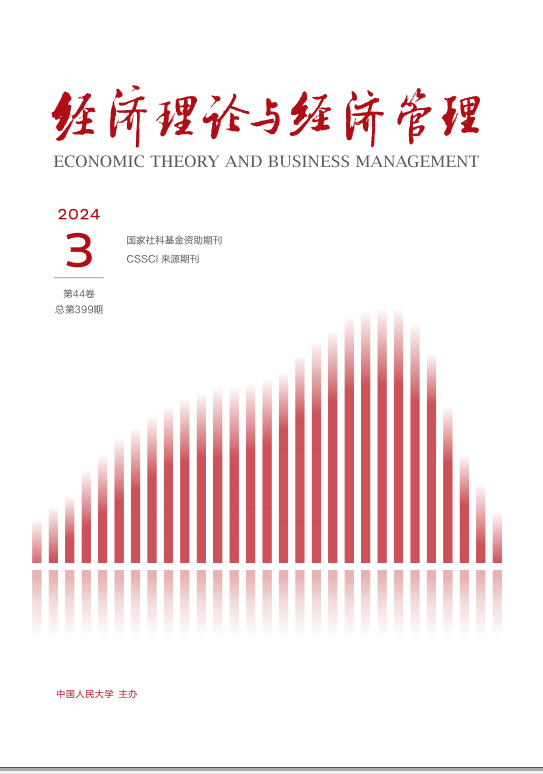Over the years, excess capacity has always been an important obstacle which restricts the economy of China developing towards high quality. Different from the existing literature which explains excess capacity from structural perspective, this paper selects the microscopic perspective which is about CEO coming from the public sector. Using the theory of political relevance, this paper empirically explains the influence of CEO coming from the public sector on excess capacity.Under the control of other factors, the basic regression, with the data from China Employeremployee Survey (CEES), empirically considers that the enterprises whose CEO coming from the public sector have higher degree and marginal probability of excess capacity, which are about 139% and 53% respectively. That is because the enterprises themselves are willing to obtain nonmarket returns through political connections. In addition, endogenous test and the mediating effect model find that compared with the macroscopic structural factors, the influence of CEO coming from the public sector on excess capacity has higher economic significance and overinvestment is one of the important ways of influence during this process. Finally, using the micropanel data of listed companies, the common variance tests further support the main empirical findings of this paper. Therefore, the policy recommendations are as follows: The government should shift the focus of policy from industrial policy to competitive policy and clarify the boundary between the government and
the market by constructing a fair competition market environment, which can prevent CEO to “capture” government resources relying on political connections. Only in this way, can the innovative potential of CEO be fully released and the problem of excess capacity in China be solved from microscopic mechanism.





